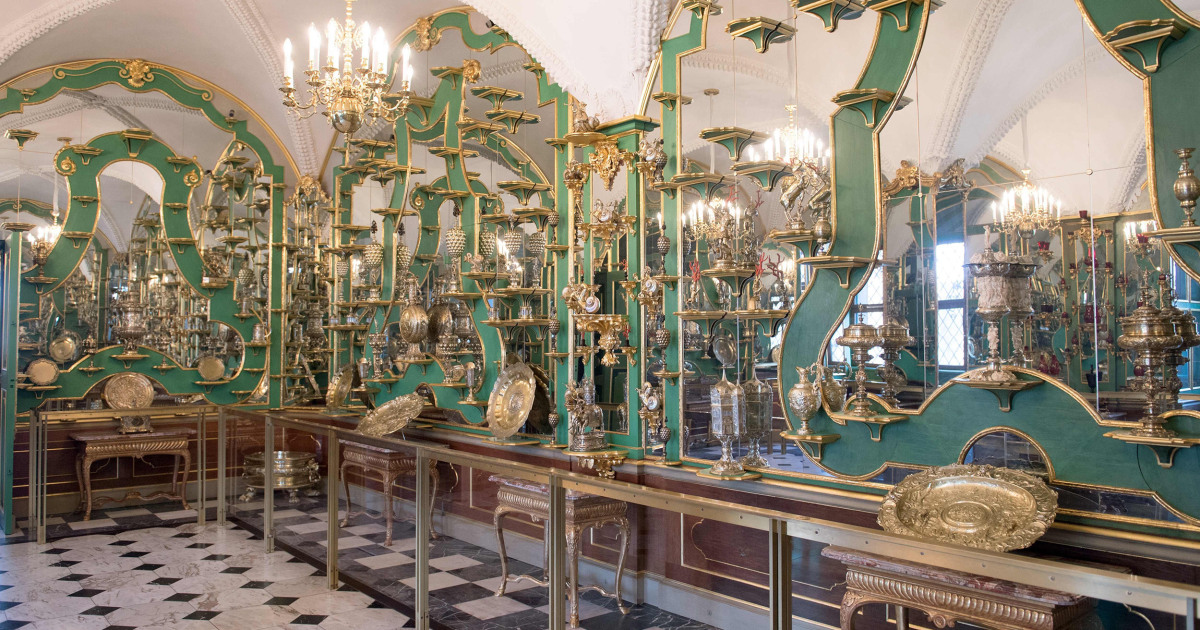MAINZ, Germany — German police raided 18 properties and arrested three people Tuesday in connection with last year’s brazen jewelry heist at a museum housing one of Europe’s most important collections of royal treasures, officials said.
Police searched apartments, garages and vehicles, mainly in the Neukoelln district of Berlin, for the stolen treasures and other evidence, including media storage devices, clothing and tools.
More than 1,600 officers were involved in the morning raids, police said.
Last November’s heist was caught on security camera footage, which showed two men using an ax to break into world-renowned Dresden’s Grünes Gewölbe museum, or the Green Vault. The men escaped with more than a dozen pieces of 18th century jewelry, authorities said.
It’s not clear if the two men in the surveillance video were among those arrested Tuesday.
Dresden police spokesman Thomas Geithner told NBC News the three suspects arrested are German citizens and are associated with a Berlin family-linked gang.
Geithner could not confirm if any of the stolen items have been recovered.
German media reported in the aftermath of the heist that the stolen jewels were worth up to 1 billion euros ($1.2 billion), but the museum said the items taken were “priceless.”
The jewels were part of a museum collection founded in the 18th century by August the Strong, a Saxon ruler who later served as the king of Poland.
One of the museum’s most famous pieces, the 41-carat “Green Diamond,” was on loan to New York’s Metropolitan Museum of Art at the time of the heist.
After the burglary, Saxony’s interior minister, Roland Woeller, told reporters that the cultural loss was “inestimable,” and art experts raised concerns that the jewels could disappear forever if the pieces were broken up and their gemstones removed for sale.
The treasures of the Green Vault survived Allied bombing raids in World War II, only to be carted off as war booty by the Soviet Union. They were returned to Dresden, the historic capital of the state of Saxony, in 1958.

